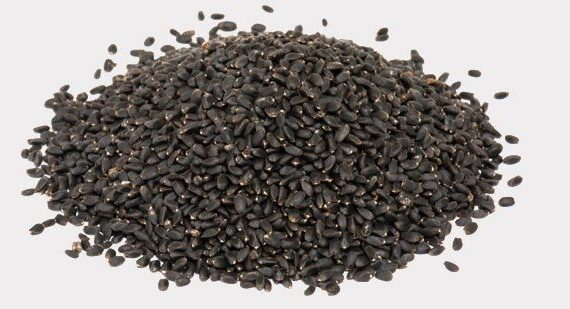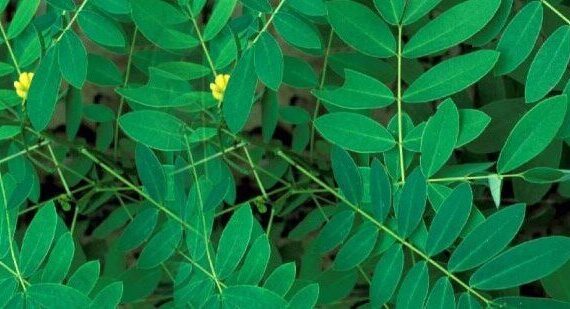🌿 Premium Senna Pods (Cassia Angustifolia) Exporter
JFT Agro Overseas LLP exports high-quality Senna Pods (Cassia Angustifolia) from India. Known for their powerful natural laxative properties, Senna Pods are widely used in herbal medicine and Ayurvedic preparations. Both leaves and pods contain active anthraquinone derivatives (Sennosides), which aid in relieving constipation and promoting digestive health.
📌 Overview of Senna Pods
- Herbaceous plant belonging to the Caesalpiniaceae family
- Leaves pinnate; pods contain several seeds
- Acts as a natural purgative and promotes healthy bowel movements
- Pods less potent than leaves but still effective in medicinal uses
📌 Medicinal Uses
- Alleviates constipation by stimulating bowel peristalsis
- Used in Ayurvedic formulations as laxatives and digestive aids
- Contains Sennosides A, B, C, D for digestive health
- Also used in herbal teas and health supplements
📌 Specifications of Senna Pods
| Parameter | Specification |
|---|---|
| Botanical Name | Cassia Angustifolia |
| Local Name | Senna |
| Brand | KGCPL |
| Color | Light Green |
| Organophosphorus Residue | Not Detected |
| Pyrethroid Residue | Not Detected |
| E-coli | Absent |
| Loss on Drying | 7% Max |
| Total Ash | 7.8% Max |
| Acid Insoluble Ash | 2% Max |
| Packing | 50 / 80 / 100 Kg Bales |
| Sennoside Content | 2.5% Min |
📦 Container Capacity
| Container Type | Quantity (MT) |
|---|---|
| 20′ FCL | 11 |
🌍 Export Destinations
Vietnam
Japan
Germany
China
United States
Philippines
Egypt
Spain
Poland
✅ Why Choose Senna Pods from JFT Agro Overseas LLP?
- Transparent communication about product specifications
- Direct management involvement in all shipments
- Stringent sourcing and quality checks
- Experience exporting to 16+ countries
- Customer-focused service without sales pressure
🛡 How to Select a Genuine Exporter of Senna Pods
- Verify company presence, experience, and export track record
- Check product sourcing, quality, and pricing transparency
- Physical visits or video calls, Google verification recommended
- Trade show participation indicates credibility


 Vietnam
Vietnam Japan
Japan Germany
Germany China
China United States
United States Philippines
Philippines Egypt
Egypt Spain
Spain Poland
Poland

